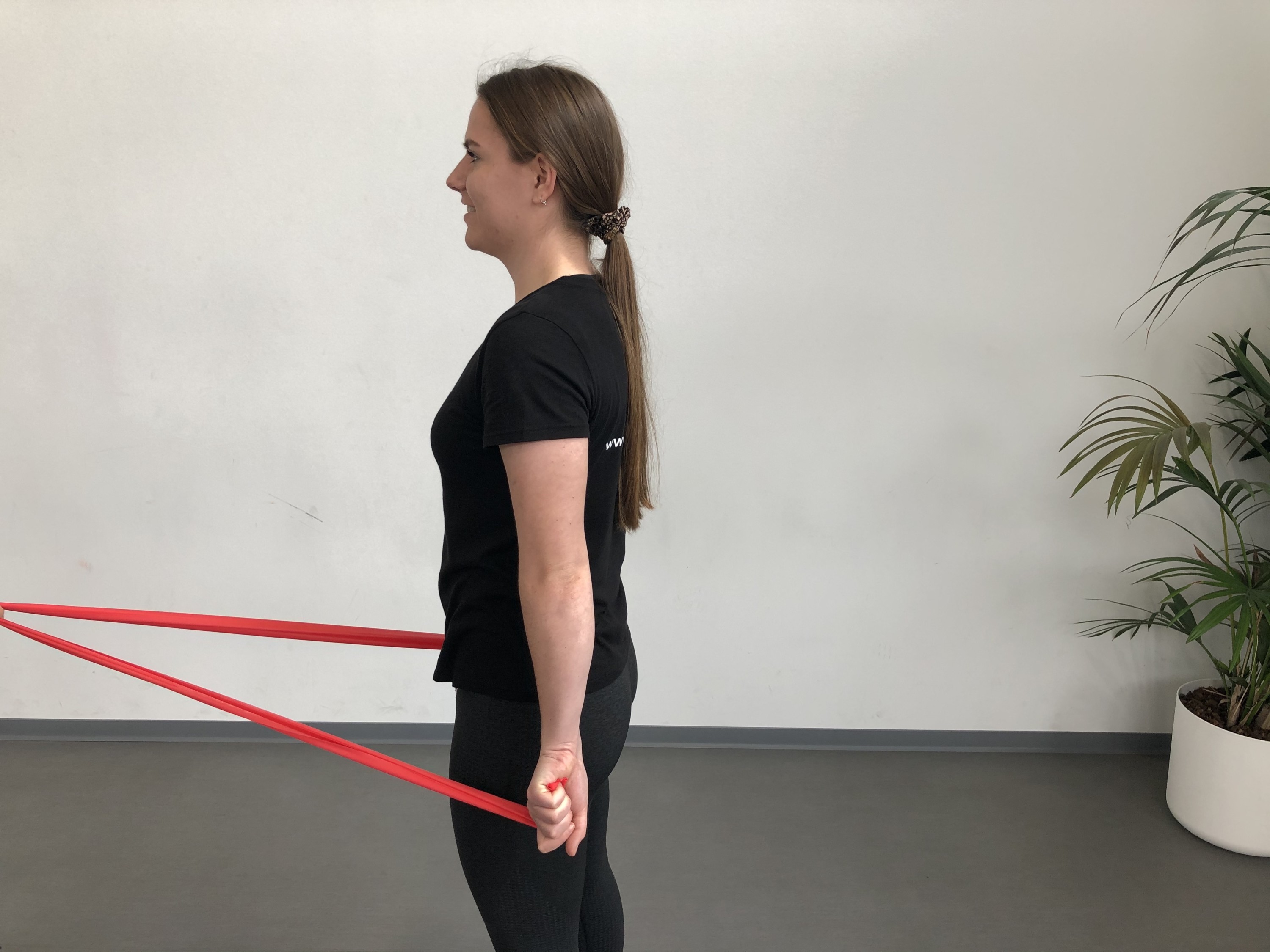
Shoulder impingement
The term shoulder impingement or subacromial impingement arised from the idea that soft tissue (as a tendon) inside your shoulder became impinged due to narrowing of the space between the ball of the shoulder and the bony roof of the shoulder. It is often caused by the shoulder muscles (the rotator cuff). For this reason, you will be redirected to shoulder muscles for exercises.
The meaning of a shoulder impingement?
The term shoulder impingement or subacromial impingement arised from the idea that soft tissue became impinged due to narrowing of the space between the ball of the shoulder and the bony roof of the shoulder (subacromial space). This was allegedly caused by thickening of the bursa (bursitis) or rotator cuff tendons (tendinopathy).
The cause of a shoulder impingement
Old school thinking was that due to increased fluid production in the subacromial space normal shoulder function was impaired.
We currently understand there is no literal impingement of the soft tissue that causes the shoulder to move differently. Poor coordination of the shoulder muscles causes the movement pattern to be altered causing excess stress on the soft tissue. This is why the medical field has largely abandoned the term impingement in favor of rotator cuff tendinopathy. This describes the deterioration in quality of the muscles and tendons that directly surround the shoulder joint.
The symptoms of a shoulder impingement
The main complaint associated with rotator cuff tendinopathies is pain when lifting the arm above shoulder height, lifting the arm sideways, more strenuous chores around the house and reaching. Sometimes there is an aching feeling in rest. Pain at the front and side of the shoulder joint is most commonly reported.
The treatment of a shoulder impingement
To improve the quality of the muscles and tendons that are injured it is important to start a specific exercise program aimed at strengthening the weakened tissue over time. Full recovery ranges from 6 weeks to 12 months.
Did you know?
People are often diagnosed with chronic (permanent) shoulder impingement when in fact full recovery is possible. Unfortunately, this does not apply to everyone.
Synonyms
Shoulder impingement, subacromial impingement, bursitis, chronic shoulder pain, subacromial pain.
Advice
If you have any questions regarding the exercises, doubt if you are doing them correctly or aren’t sure they are suited for your condition, please contact your physiotherapist for support.
Attention:
Yourbody.coach offers a range of exercises. Yourbody.coach can not be held responsible if you develop injuries. Always consult your physiotherapist or specialist.